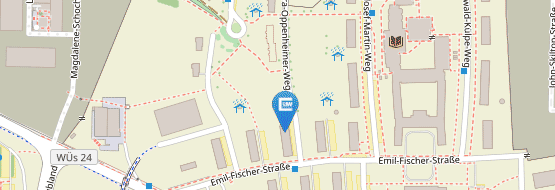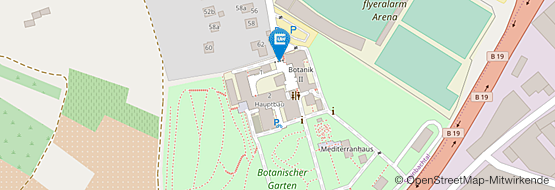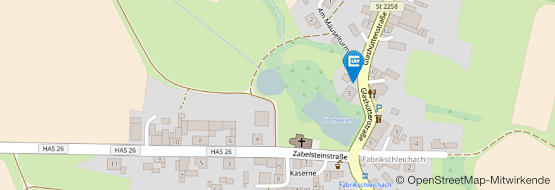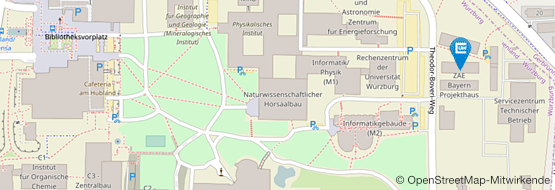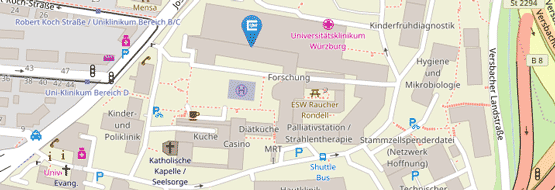PET-FCS: Probing Rapid Structural Fluctuations of Proteins and Nucleic Acids by Single-Molecule Fluorescence Quenching.
14.10.2013Markus Sauer and Hannes Neuweiler In: Y. Engelborghs and A. J. Visser, editors, Methods Mol Biol - Fluorescence Spectroscopy and Microscopy, pages 597-615. Humana Press, 2014
doi: 10.1007/978-1-62703-649-8_27
Quenching of organic fluorophores by aromatic amino acids and DNA nucleotides with expelled electron donating properties allows the study of conformational dynamics of biomolecules. Efficient fluorescence quenching via photoinduced electron transfer (PET) requires van der Waals contact and can be used as reporter for structural fluctuations at the 1-nm scale in proteins, peptides, and nucleic acids. The combination of PET with fluorescence correlation spectroscopy (FCS) establishes a powerful method (PET-FCS) to study equilibrium dynamics at the single-molecule level on time scales from nano- to milliseconds. We delineate the fundamentals of PET-based fluorescence quenching, reporter engineering, instrumental and experimental design, and provide examples.




